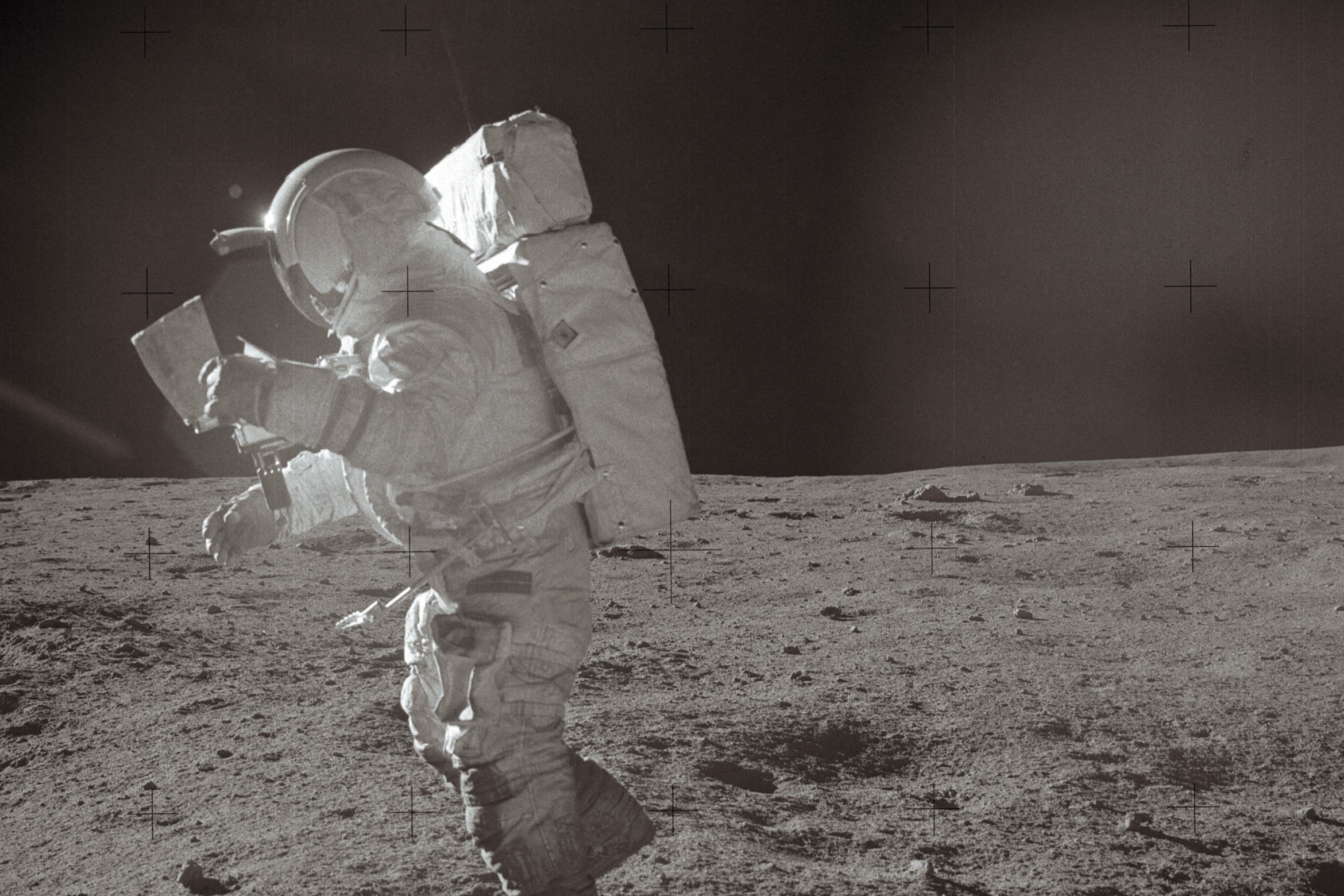Nasa uses GPS on the Moon for the first time
Navigation breakthrough signals new era of exploration and discovery on the lunar surface

Nasa has successfully used GPS navigation on the lunar surface for the first time.
The demonstration, which also involved the Italian Space Agency, is expected to signal a new era of exploration and discovery on the Moon.
Using the Global Navigation Satellite System (GNSS), the experiment involved successfully acquiring and tracking Earth-based signals from 362,000 kilometres (225,000 miles) away.
“On Earth we can use GNSS signals to navigate in everything from smartphones to airplanes,” said Kevin Coggins, deputy associate administrator for Nasa’s Space Communications and Navigation (SCaN) program.
“Now, LuGRE shows us that we can successfully acquire and track GNSS signals at the Moon. This is a very exciting discovery for lunar navigation, and we hope to leverage this capability for future missions.”
The Lunar GNSS Receiver Experiment (LuGRE) took place using Firefly Aerospace’s lunar lander Blue Ghost, which became the first commercial craft to successfully reach the Moon after landing on its surface this week.
GPS operations are set to continue for the next two weeks in an effort to collect more data and further develop the Moon’s first advanced navigation system.
Nasa hopes to use the technology for its upcoming Artemis missions, which will attempt to return astronauts to the Moon for the first time in more than 50 years.

Along with introducing GPS, Nasa is also working to create a new standard of time for the Moon to be used by astronauts, spacecraft and satellites.
Coordinated Lunar Time (LTC) aims to address the disparities between Earth-based timekeeping and the Moon, where a day lasts 29.5 Earth days.
Differing gravitational forces also mean that Earth-based clocks appear to lose 58.7 microseconds per Earth day.
“An atomic clock on the moon will tick at a different rate than a clock on Earth,” Kevin Coggins, Nasa’s top communications and navigation official, said last year.
“It makes sense that when you go to another body, like the moon or Mars that each one gets its own heartbeat.”
Join our commenting forum
Join thought-provoking conversations, follow other Independent readers and see their replies
Comments